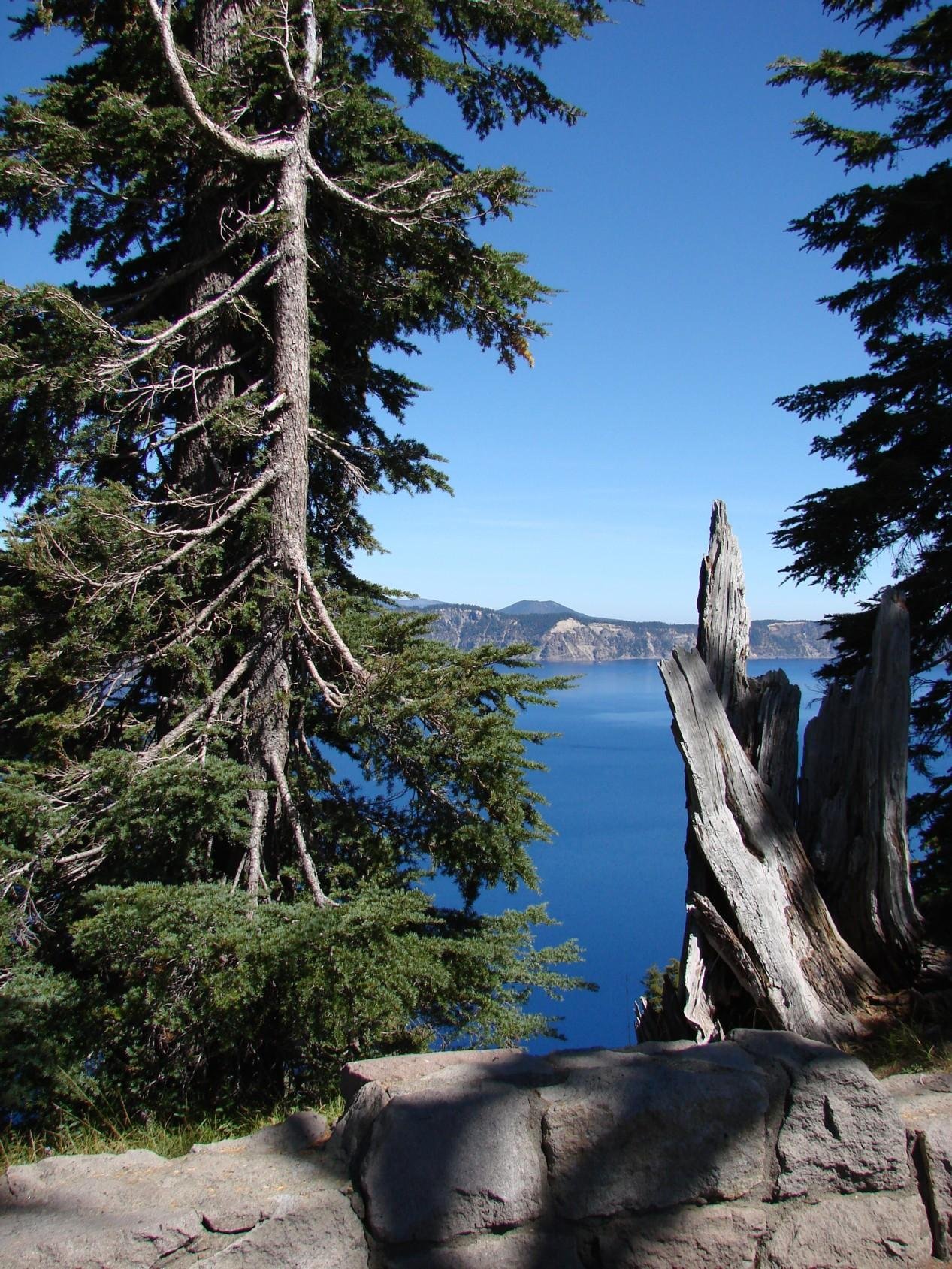Crater Lake National Park harbors a diverse ecosystem with several potentially dangerous wildlife species that visitors must understand and respect. From elusive mountain lions to opportunistic black bears, the park’s wilderness demands careful navigation and awareness. Visitors must remain vigilant, follow park guidelines, and understand animal behaviors to ensure a safe and enjoyable experience in this remarkable natural landscape.
What Wildlife Poses Risks at Crater Lake?

Black Bears: The Primary Predator Concern
Black bears represent the most significant wildlife threat in Crater Lake National Park. These powerful mammals typically:
| Behavior | Risk Level | Recommended Action |
|---|---|---|
| Foraging | Moderate | Maintain distance, avoid food attraction |
| Territory Defense | High | Slowly back away, do not run |
| Unexpected Encounters | Critical | Make noise, appear large, carry bear spray |
Key Black Bear Facts
- Average weight: 200-600 pounds
- Primary habitats: Forest edges, campground peripheries
- Most active: Dawn and dusk
- Seasonal behavior changes: More aggressive during spring and fall
Mountain Lions: Silent Predators
Mountain lions, though rarely seen, present a potential danger in more remote park areas. Their hunting characteristics include:
- Exceptional stealth
- Preference for ambush tactics
- Territorial behavior
- Rare but potentially fatal human encounters
Snake Species: Understanding the Risks
While Crater Lake doesn’t host many venomous snake species, visitors should remain cautious:
- Non-Venomous Snakes
- Garter snakes
- Rubber boas
-
Gopher snakes
-
Potential Snake Habitats
- Rocky terrain
- Woodland edges
- Near water sources
- Sunny rocky areas
How Can Visitors Stay Safe?

Preventative Strategies
- Wildlife Awareness
- Stay on designated trails
- Carry bear spray
- Travel in groups
-
Make consistent noise while hiking
-
Campsite Management
- Store food in bear-proof containers
- Keep cooking areas clean
- Dispose of waste properly
- Use designated garbage facilities
Emergency Response Protocols
- Remain calm during wildlife encounters
- Do not run from large predators
- Slowly back away while facing the animal
- Report significant wildlife interactions to park rangers
What Should You Do During an Encounter?
Black Bear Encounter
- Stand ground
- Appear large
- Speak firmly
- Back away slowly
- Use bear spray if attacked
Mountain Lion Encounter
- Maintain eye contact
- Appear intimidating
- Fight back if attacked
- Protect head and neck
Additional Safety Recommendations
- Carry communication devices
- Know basic first aid
- Understand park emergency contact information
- Attend ranger-led wildlife safety programs
Conclusion
Understanding Crater Lake’s dangerous animals requires preparation, respect, and knowledge. By following guidelines and maintaining situational awareness, visitors can safely enjoy this extraordinary national park’s wildlife and natural beauty.

